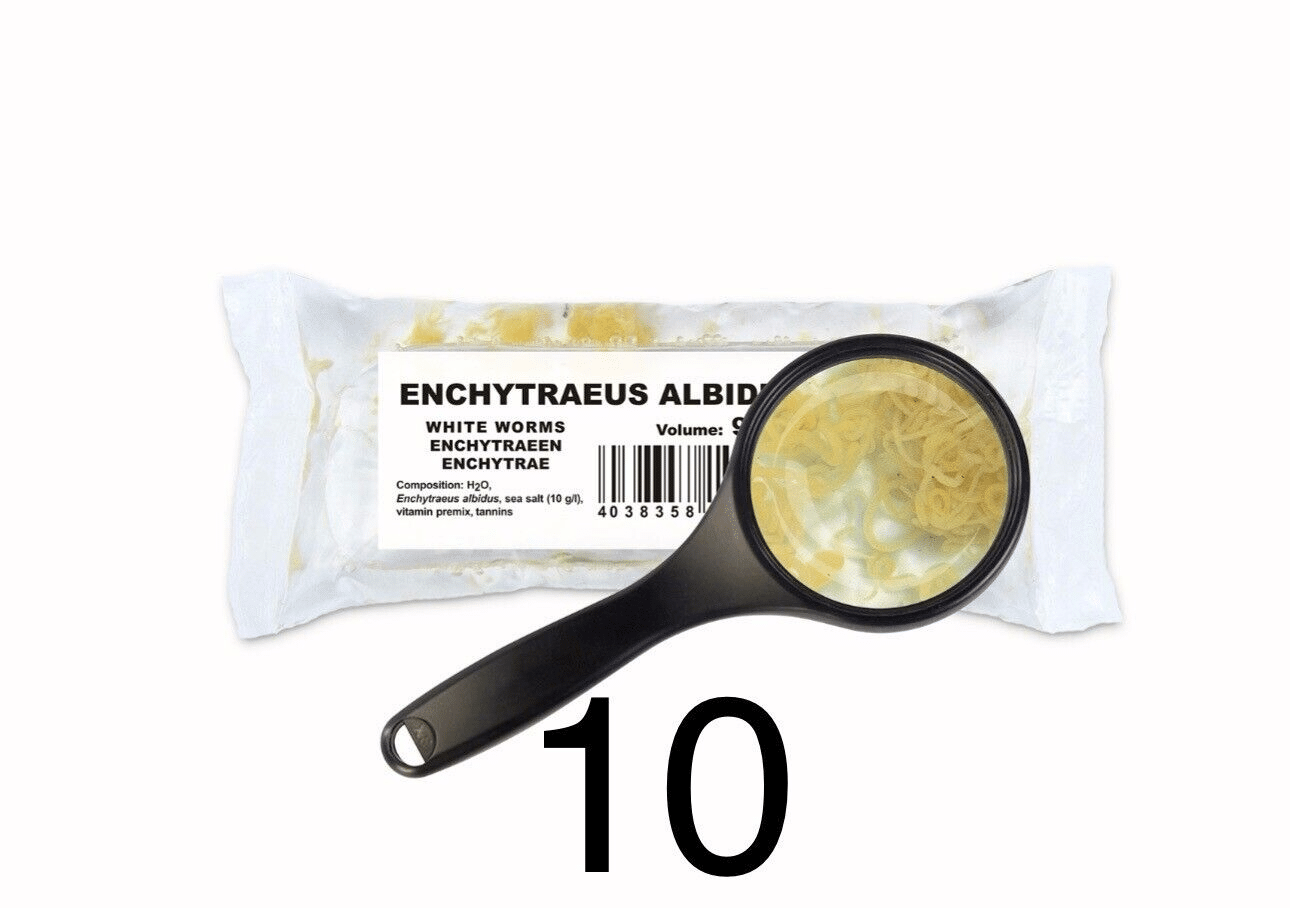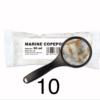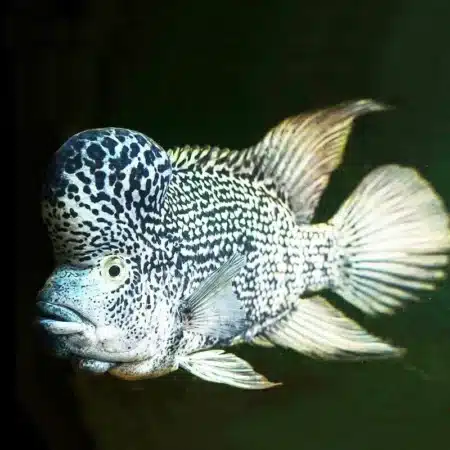Subtotal: £12.58
10 X 90 ML LIVE WHITE WORMS (900Ml) PERFECT FISH FOOD, Stimulate Your Bettas with Live White Worms, A Beautiful Addition to Enhance Aquarium Aesthetics and Fish Care
£45.99 Original price was: £45.99.£38.71Current price is: £38.71.
Welcome these beautiful creatures into your aquarium with our 10 X 90 ML Live White Worms, the perfect fish food for Betta and other species. Packed with essential nutrients, these live white worms promote natural feeding habits and enhance your fish’s vibrant coloration, creating a stunning aquatic display.
1001 in stock
Species Introduction
Essential Care Guide for Your 10 X 90 ML LIVE WHITE WORMS (900Ml) Perfect Fish Food
| Optimal Living Conditions | |
|---|---|
| Water Temperature | 24-27°C (75-81°F) |
| pH Level | 6.5-7.5 |
| Water Hardness | 4-12 dKH |
| Minimum Tank Size | 80L (20 gal) |
| Salinity | Freshwater |
| Care Level | Beginner Friendly |
Care Requirements Dashboard
✓ Care Level: Easy
Tank Size: Minimum 10 gallons
Water Temperature: 70-78°F (21-26°C)
pH Level: 6.5-7.5
Hardness: 5-15 dGH
To ensure the health and well-being of your aquatic companions, it is crucial to maintain optimal water parameters. The ideal tank size for keeping live white worms is a minimum of 10 gallons, which allows for a stable environment. The water temperature should be maintained between 70-78°F (21-26°C), with a pH level ranging from 6.5 to 7.5 and a hardness of 5-15 dGH. Regular water changes and monitoring of these parameters will help create a thriving ecosystem for your fish friends.
Natural Behavior & Temperament
Live white worms exhibit fascinating natural behaviors that can enrich the lives of your fish friends. They are generally found burrowing in the substrate, which mimics their natural feeding habits. As they feed on organic matter, they contribute to the overall health of the aquarium ecosystem. Bettas, in particular, display natural hunting instincts when they encounter live white worms, darting and flaring their fins, which can be a delightful sight for any aquarist. This behavior not only stimulates the bettas physically but also mentally, promoting a healthy and active lifestyle.
Tank Setup Guide
Creating an ideal environment for live white worms and your bettas requires careful consideration of the tank setup. Begin with a substrate that mimics their natural habitat; fine sand or soft gravel is recommended to allow for burrowing. Incorporate various decorations such as driftwood, rocks, and plants to provide hiding spots and territories for your fish friends. Live plants not only enhance the aesthetic appeal of your aquarium but also contribute to water quality by absorbing excess nutrients. Ensure that the tank is well-cycled before introducing live white worms, as a stable environment is crucial for their survival.
Water Quality Management
✓ Water Quality: Essential for Health
pH Level: 6.5-7.5
Temperature: 70-78°F (21-26°C)
Hardness: 5-15 dGH
Maintaining high water quality is critical for the health of both live white worms and your fish companions. Regularly test the water parameters to ensure they remain within the recommended ranges. Perform partial water changes weekly to remove waste and replenish essential minerals. Additionally, consider using a quality filtration system to help keep the water clean and clear. Monitoring ammonia, nitrite, and nitrate levels will further ensure a safe environment for your aquatic friends.
Feeding & Nutrition
Live white worms are an excellent source of nutrition for bettas and other freshwater fish. They provide essential proteins and fats that support growth, enhance coloration, and promote overall health. It is recommended to feed your fish friends live white worms 2-3 times a week, allowing them to exhibit their natural hunting behaviors. Portion sizes should be small, ensuring that all worms are consumed within a few minutes to prevent water quality issues. This feeding method not only satisfies their nutritional needs but also adds variety to their diet, which is crucial for their well-being.
Compatibility Guide
✓ Compatible with: Bettas, Guppies, Tetras
Avoid aggressive species that may harm bettas.
When considering tank mates for your bettas, it is essential to choose species that are compatible and will not stress or harm each other. Bettas are known for their territorial behavior, especially males; therefore, it is advisable to house them with peaceful community fish such as guppies and tetras. Avoid placing aggressive species or fin-nippers in the same tank, as this can lead to stress or injury. Always monitor interactions and be prepared to separate fish if necessary to maintain harmony in your aquarium.
Health & Wellness
Ensuring the health and wellness of your fish friends is paramount. Regular observation is key; look for signs of stress or illness, such as changes in behavior, appetite, or physical appearance. Common issues in bettas include fin rot, ich, and swim bladder disease, which can often be prevented through proper care and a balanced diet. Maintaining optimal water quality and providing a stress-free environment will significantly reduce the risk of health problems. If you notice any signs of illness, consult with an aquatic veterinarian for appropriate treatment options.
Breeding Information
Breeding bettas can be a rewarding experience, but it requires careful planning and preparation. To encourage breeding, it is essential to provide a suitable environment that mimics their natural habitat. Create a breeding tank with shallow water, plenty of hiding spots, and floating plants for the male to build a bubble nest. The male betta will court the female, and once spawning occurs, the male will care for the eggs. After the fry hatch, it is crucial to provide them with appropriate food, such as infusoria or finely crushed flakes, until they are large enough to consume live white worms. This nurturing process is vital for the health and growth of the fry.
Acclimation Process
Introducing live white worms into your aquarium requires a careful acclimation process to ensure their survival and minimize stress. Begin by floating the container with the worms in the aquarium for about 15-20 minutes to equalize the temperature. Gradually introduce small amounts of aquarium water into the container over the next hour, allowing the worms to adjust to the new environment. After this period, gently transfer the worms into the tank using a net, avoiding adding any of the original water to maintain water quality. This slow acclimation process is essential for the health of both the worms and your fish friends.
Long-term Care
Long-term care of live white worms involves maintaining a stable environment and ensuring their ongoing health. Regular feeding and water quality monitoring are critical components of their care. Consider setting up a separate culture tank for the worms to breed and multiply, providing a continuous supply of live food for your fish friends. This culture tank should be kept in a cool, dark place with gentle aeration to keep the worms suspended in the water. With proper care, live white worms can thrive and provide essential nutrition for your aquatic companions.
Natural Habitat Recreation
Recreating the natural habitat of live white worms in your aquarium can enhance the overall health of your fish friends. Incorporate elements such as soft substrate, organic debris, and live plants to mimic their natural environment. This setup not only provides a comfortable space for the worms to thrive but also encourages natural behaviors in your bettas. By creating a biotope that reflects their native habitat, you can promote a healthier ecosystem that benefits all inhabitants of your aquarium.
Seasonal Care Adjustments
As seasons change, so too should your care routine for live white worms and your bettas. In warmer months, ensure that the water temperature remains stable, as fluctuations can stress your fish friends. Consider using a heater or chiller if necessary to maintain the ideal temperature range. Additionally, adjust feeding schedules based on the activity levels of your fish; they may require more food during warmer months when they are more active. Regularly check water parameters to ensure they remain within the recommended range, adapting your maintenance routine as needed.
Expert Tips
For those looking to enhance their fish care practices, consider these expert tips for keeping live white worms and bettas. Regularly inspect your fish for any signs of stress or illness, and maintain a consistent feeding schedule to promote optimal health. It is also beneficial to rotate between different types of live food to provide a varied diet, which can enhance coloration and vitality. When introducing new fish to the tank, always quarantine them first to prevent the spread of disease. By following these expert recommendations, you can create a thriving environment for your aquatic companions.
Troubleshooting
If you encounter issues with your live white worms or bettas, prompt action is essential. Common problems include poor water quality, which can lead to stress or illness. Regular testing of ammonia, nitrite, and nitrate levels will help you identify any issues early on. If you notice a decline in the health of your fish, consider adjusting your feeding regimen or performing a larger water change. In cases of severe illness, consult with an aquatic veterinarian for targeted treatment options. By staying vigilant and proactive, you can ensure the well-being of your aquatic friends.
Scientific Background
The scientific classification of live white worms is Lumbriculus variegatus, a species known for its ecological importance in freshwater environments. They play a vital role in nutrient cycling, breaking down organic matter and providing a food source for various aquatic organisms. Research has shown that incorporating live food, such as white worms, into the diet of aquarium fish can lead to improved health outcomes, including enhanced growth rates and coloration. Understanding the scientific background of these organisms can help aquarists appreciate their role in the aquarium ecosystem and the benefits they provide.
Advanced Care Techniques
For experienced aquarists looking to take their care practices to the next level, consider implementing advanced techniques for maintaining live white worms and bettas. Culturing your own live food can provide a continuous supply, reducing costs and ensuring freshness. Utilize a dedicated culture tank with optimal conditions for breeding white worms, and regularly harvest them to feed your fish. Additionally, explore the use of supplements to enhance the nutritional value of your fish food, promoting better health and vitality. By adopting these advanced care techniques, you can create a thriving and sustainable aquarium environment.
Water Quality Parameters
Optimal Range
24-27°C
6.5-7.5
0 ppm
Caution Zone
22-24°C or 27-29°C
6.0-6.5 or 7.5-8.0
0.25-0.5 ppm
Danger Zone
<22°C or >29°C
<6.0 or >8.0
>0.5 ppm
Monitoring Tip: Test water parameters weekly and perform regular water changes to maintain optimal conditions for your aquatic friends!
Frequently Asked Questions
Q: How much Live White Worms should I feed my fish?
When feeding Live White Worms, it is advisable to offer an amount that your fish can consume within a few minutes. Typically, this equates to approximately 1-2 teaspoons for small fish, while larger species may require more. Overfeeding can lead to water quality issues, so it is crucial to monitor how much your fish actually eat. If there are leftovers, reduce the quantity during the next feeding. Regularly assess your fish’s behaviour; they should be active and eagerly feeding. Adjust feeding amounts based on the size of your fish and their activity level.
✓ Expert Tip
Consider varying the diet by mixing in other high-quality foods to ensure a balanced nutritional intake.
Q: How should I properly store Live White Worms?
To maintain the freshness of Live White Worms, store them in a cool, dark place, ideally in the refrigerator. Use a well-ventilated container, such as a plastic tub with holes, to prevent them from suffocating. Avoid direct sunlight or heat sources, as these can harm the worms. It is best to use them within a week of purchase for optimal freshness and nutritional value. If you notice any signs of deterioration, such as a foul smell or significant die-off, it is best to dispose of them and acquire a new batch.
✓ Expert Tip
Consider using a small amount of damp substrate at the bottom of the container to help maintain moisture levels.
Q: Which fish species can consume Live White Worms?
Live White Worms are an excellent food option for a variety of freshwater and marine fish species. They are particularly favoured by species that are carnivorous or omnivorous, including Cichlids, Betta fish, and Guppies. Small fish find them easy to consume, making them suitable for fry as well. However, it is essential to ensure that the worms are appropriately sized for your fish; larger fish may require larger food items to avoid choking hazards. Always observe your fish’s feeding habits to ensure they are thriving on this diet.
✓ Expert Tip
Mixing Live White Worms with other food types can provide a varied diet, promoting better health and colouration.
Q: Will Live White Worms affect my water quality?
Yes, Live White Worms can impact water quality if not managed correctly. Overfeeding can lead to uneaten food decomposing in the tank, which elevates ammonia and nitrate levels, potentially harming your fish. It is vital to maintain a proper feeding schedule and remove any uneaten food promptly. Regular water testing and changes should be a part of your routine to ensure the environment remains healthy. Monitoring your fish’s behaviour can also indicate if water quality is declining.
✓ Expert Tip
Implement a regular water change schedule of 10-15% weekly to help maintain optimal water quality.
Q: How do I transition my fish to a diet of Live White Worms?
Transitioning your fish to a diet of Live White Worms should be done gradually. Start by incorporating a small amount into their existing diet to allow them to acclimatise to the new food. Observe their reaction; if they consume it eagerly, you can slowly increase the quantity. If they seem hesitant, continue mixing the worms with their usual food until they are more comfortable. This gradual approach helps prevent digestive issues and ensures your fish adapt well to the new dietary addition.
✓ Expert Tip
Keep an eye on your fish’s health during the transition to ensure they are thriving on the new diet.
Q: How does Live White Worms support fish health and growth?
Live White Worms are rich in protein and essential fatty acids, making them a superb dietary choice for promoting growth and overall health in fish. The live nature of the worms also encourages natural hunting behaviours, providing mental stimulation. Regular feeding can enhance colouration and vitality, contributing to the fish’s overall well-being. Additionally, the moisture content in live food can aid in digestion, leading to better nutrient absorption and healthier fish.
✓ Expert Tip
Incorporate Live White Worms into a varied diet for optimal nutrition and health benefits.














Emily Carter (verified owner) –
As a passionate fish parent, I am always on the lookout for high-quality fish food that promotes the health and happiness of my bettas. I recently purchased the 10 x 90 ML Live White Worms, and I couldn’t be more thrilled! After just one week of feeding them these delicious worms, I noticed that my fish became much more active and vibrant. The excitement they show during feeding time is absolutely heartwarming!
These live white worms are a fantastic source of protein and are much better than the freeze-dried options I’ve tried before. They are easy to store and come in convenient 90 ml packs. I love how I can simply pull out a portion and feed them directly; there’s no mess or fuss.
The only minor issue I encountered was that they can sometimes be a bit slippery, so it’s best to use a feeding ring or something similar to minimize wastage. Overall, I highly recommend these live white worms for anyone looking to enhance their fish’s diet. They are perfect for bettas and any other small fish that appreciate live food. This product is a must-try for all betta enthusiasts and hobbyists who truly care about their fish’s wellbeing!